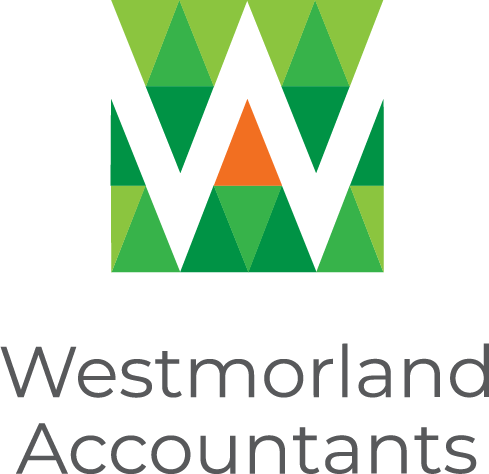
03 Jul Changes to the Flat Rate VAT Scheme
From 1st April 2017, there were important changes to the Flat Rate VAT Scheme which may affect you and your business.
What is the Flat Rate VAT scheme?
To reduce the burden of this record-keeping on smaller firms, HMRC offers a Flat Rate scheme. With this scheme, rather than having to pay HMRC what you’ve collected in VAT on your sales less the VAT you’ve claimed for on expenses, you simply need to pay HMRC a set percentage of your sales based on the sector you work in. This means small firms generally don’t need to track VAT on purchases.
Why is it changing?
The growing numbers of self-employed were highlighted by the Chancellor as a cause for declining tax revenues, so, on top of the dividend tax hike earlier this year, there is now a VAT change to target those profiting from the Flat Rate scheme.
How will Flat Rate VAT change?
From April 2017, the Government is introducing a new 16.5% Flat Rate VAT scheme that many ‘labour-only’ businesses, such as contractors, will have to move to. This will reduce some of the benefits of Flat Rate VAT for many self-employed firms, but it will still be more cost-effective than not being in the scheme. Due to the way the Flat Rate scheme rates are set (e.g. 14% for business consultants), if you’re caught by the new rules you’ll end up paying more VAT (so a business consultant would pay an extra 2.5% of VAT).
Who exactly will this apply to?
A definition has been created of ‘limited cost traders’ who count as ‘labour-only’ businesses that will have to use the 16.5% rate if they want to use the Flat Rate scheme. A limited cost trader is defined as one that spends less than 2% of its sales on goods (not services) in an accounting period. When working out the amount spent on goods, it cannot include purchases of:
- capital goods (such as new equipment used in a business)
- food and drink (such as lunches for staff)
- vehicles or parts for vehicles (unless running a vehicle hiring business)
If a firm spends less than £1,000 in their accounting period (that’s HMRC speak for the period you produce your annual accounts for), they also count as ‘labour-only’ even if this is more than the 2%. If your accounting period is longer / shorter than 12 months, the £1,000 threshold is pro-rated.
What should I do if I’m already on the Flat Rate scheme?
You should carefully compare your trading activity and costs against the definitions published by the Government. Historically it may be that you have been better off using the Flat Rate Scheme so from 1 April 2017, when you have to apply the higher percentage of 16.5%, you may be better off exiting the scheme and calculating VAT due to HMRC as normal. You will also have to consider whether the administrative advantages of remaining within the scheme outweigh the additional cost.
To discuss how these rule changes could affect you please do not hesitate to Contact Us.

